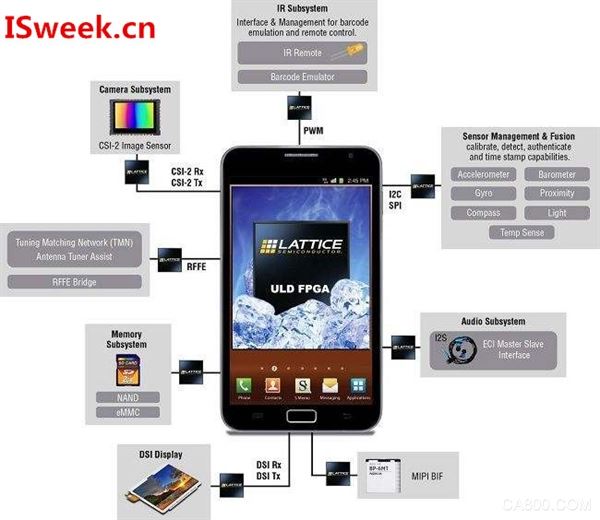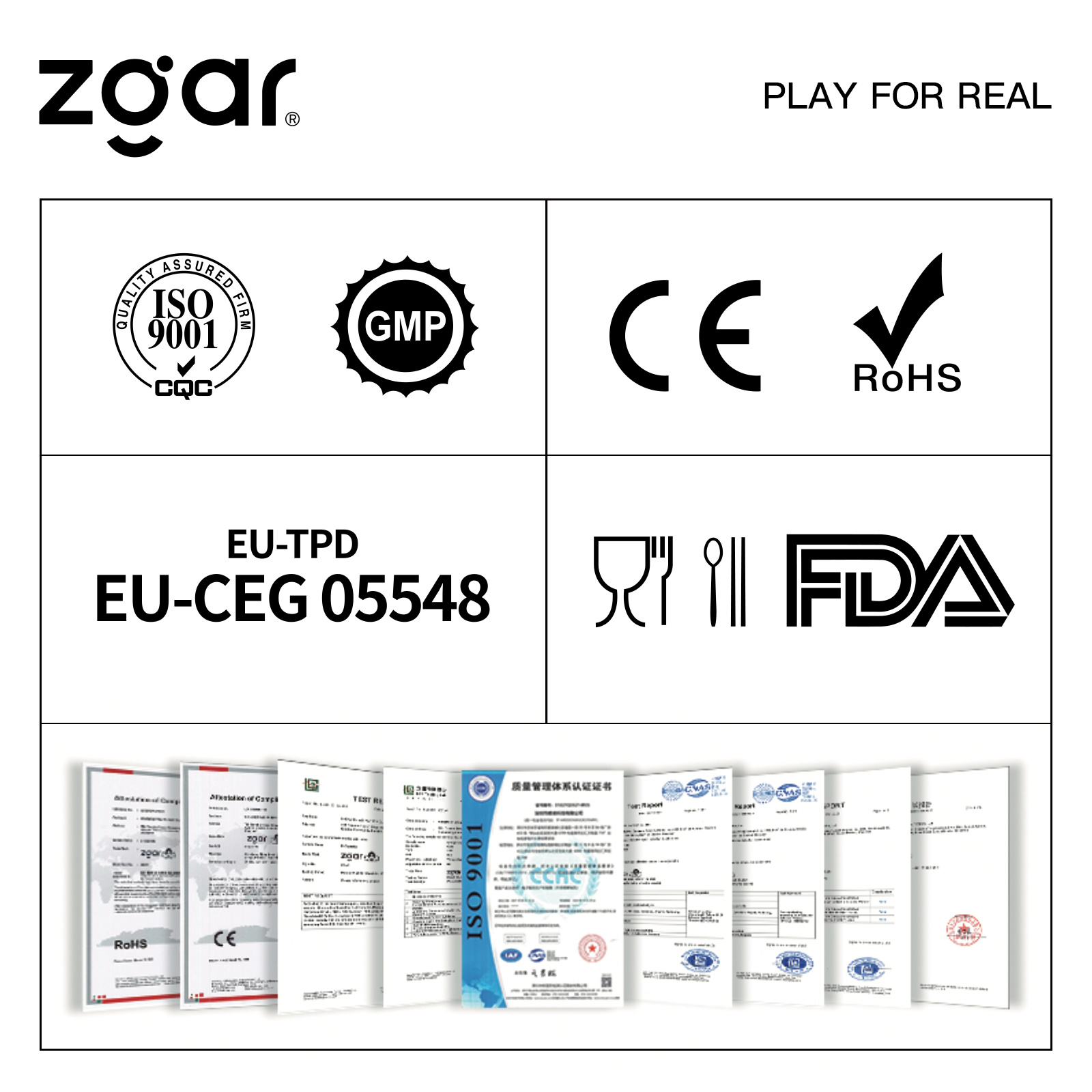The main reason why smart phones are called smart is that they have additional attributes that traditional communication devices do not have. Smart phones are going farther and farther on the road of intelligence. We use mobile phones to solve most of the problems in daily life, such as Internet access, games, navigation, payment, etc., which benefit a lot from it. There are many sensors in the mobile phone that work silently in the background to support our front-end operations more conveniently. You may just see a bunch of sensor introductions when you look at the phone parameters, but do you know what responsibilities these sensors have? The powerful performance and integration of mobile SoC chips allow smart phones to gain stronger computing power, but it is the sensors hidden behind the phones that enhance the user's interactive experience. Today we will discuss what the various sensors in the mobile phone do.

GPS position sensor
The main function of the GPS module is to receive the coordinate information of the satellite through the antenna to help the user locate. With the popularization of 4G networks, GPS is used in more scenarios, such as cooperating with smart hardware to realize remote location monitoring, or location search after a device is lost. A concept needs to be distinguished here. Mobile phones are generally equipped with A-GPS as standard. The so-called A-GPS is based on the reception of navigation satellite signals through the mobile network faster positioning, more advanced than ordinary GPS.
distance sensor
The distance sensor is usually placed next to the handset of the mobile phone to detect the distance between the front of the mobile phone and other objects. If the distance reaches a threshold, the screen will be turned off automatically, which saves power and prevents the touch screen of the mobile phone from being operated by mistake.
Usually the distance sensor is applied to the mobile phone in two aspects. One is that when making a call, the mobile phone will automatically turn off the screen when it is close to the head to prevent the ear or face from operating the touch screen by mistake, and turning off the screen during a call can also save power. , The mobile phone will automatically turn on the screen when removed from the ear; the second is to prevent misoperation when the mobile phone’s screen lights up in the pocket or bag. The proximity sensor will notify the mobile phone to automatically turn off the screen when it detects an object at close range.
Barometric pressure sensor
Air pressure sensors have been used in military mobile phones before, and are divided into variable capacitance air pressure sensors and variable resistance air pressure sensors. Changes in air pressure will cause changes in the measured values ​​of resistance or capacitance. Generally GPS can calculate your position, but for some changes in altitude, a barometric sensor is needed to measure it. The mobile phone installed with this kind of sensor can measure how many floors you go to in a day, or it can be used for indoor positioning, etc. The internal air pressure sensor is mainly used to test the degree of closedness of the equipment.
Light sensor
Smart phones usually have such a setting-automatic brightness adjustment. When turned on, the phone will automatically adjust the screen brightness of the phone according to the strength of the surrounding light. In a sunny outdoor, the screen brightness will automatically increase to help people see the screen clearly under strong light; in dim nights, the screen brightness will automatically decrease, reducing the irritation of the light to the eyes and saving electricity by the way. The light sensor is used to sense the intensity of the surrounding light to realize the automatic adjustment of the brightness of the mobile phone screen.
The light sensor and the distance sensor are often integrated in one location, which can reduce the opening of the front panel and make the design look better. The well-known hammer mobile phone has integrated the light sensor, distance sensor and mobile phone handset into a long strip of opening since T1, and the front panel is more tidy and uniform.
Temperature Sensor
Many smart phones are equipped with temperature sensors, and some have more than one. The difference is that their purpose is to monitor the temperature inside the phone and the battery. If the temperature of a certain component is found to be too high, the phone will shut down to prevent damage to the phone. In terms of extended functions, the temperature sensor can also detect temperature changes in the outside air, even the user's current body temperature.
UV sensor

The ultraviolet sensor uses the photoelectric emission effect to measure, and the outdoor light source is captured by the camera to convert it into a discharge effect to measure the ultraviolet intensity. Nowadays, there are not many mobile phones using this kind of sensor, and the stability of the measurement needs to be further observed. The photoemission effect of some semiconductors, metals or metal compounds will release a large number of electrons under ultraviolet light. By detecting this discharge effect, the ultraviolet intensity can be calculated. The main use is also in the field of sports and health. Detect the radiation level in the environment. For example, the UV sensor GUVA-S12SD imported by Gongcai.com from GENICOM, South Korea, adopts a SMD package (SMD3528), which is especially suitable for small-volume equipment. The output current of the sensor is proportional to the light intensity, and the output of the product has a very high consistency. Sensors have a specific spectral response. This product is mainly for measuring ultraviolet rays in the sun and measuring the intensity of UVA lamps. It is mainly used in mobile phones, smart wearable devices, UV lamp monitoring and other fields.
Above we have listed the current mainstream sensors in smart phones, most of which have become standard features of smart phones. We can divide these sensors into categories. For example, some are for basic function detection, such as light distance sensors, and some are for navigation calculations, such as GPS and magnetic field sensors. Others are dedicated to sports health, such as heart rate blood oxygen sensor, ultraviolet sensor and so on. It is these "black technologies" hidden behind mobile phones that make us more comfortable when using smartphones.
Sensors, like other electronic components, are now getting smaller and smaller, and their costs are getting lower and lower. The future development direction of mobile phone sensors will be to think about how to further improve the measurement and intensive reading, and how to integrate more sensors in limited devices to perceive the current state of the user.
ZGAR AZ Mesh Vape Pods 1.0
ZGAR electronic cigarette uses high-tech R&D, food grade disposable pods and high-quality raw material. A new design of gradient our disposable vape is impressive.We equip with breathing lights in the vape pen and pods.
Our team has very high requirements for product quality, taste allocation and packaging design. Designers only use Hong Kong designers, e-cigarette liquid only imports from the United States, materials are food grade, and assembly factory wants medical grade without ground workshop.
We offer best price, high quality Mesh Pods,Pod System Vape,Pods Systems Touch Screen,Empty Pod System, Pod Vape System,Disposable Pod device,Vape Pods to all over the world.


Pod Systems Vape And Smoke,Vape Pod System Device,ZGAR AZ Mesh Vape Pods 1.0 Pod System Vape Kit,Pod System Mini Vape Pod
ZGAR INTERNATIONAL(HK)CO., LIMITED , https://www.szvape-pen.com
